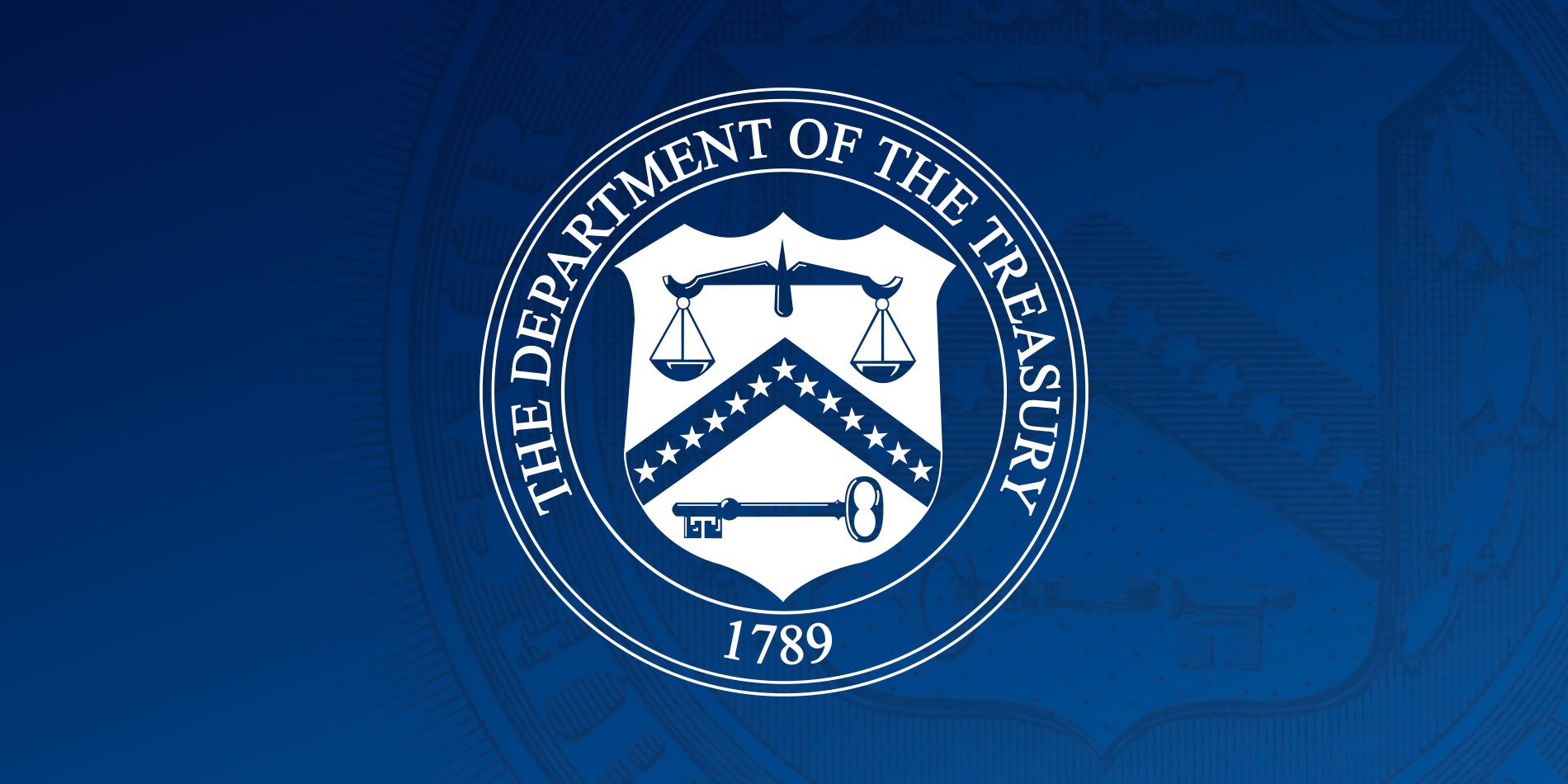Literature search
Inclusion/exclusion standards
The evaluate adopted the 2020 PRISMA suggestions [6] (Supplementary Desk 1) and pointers from the Cochrane Collaboration for knowledge extraction and synthesis [7]. Included research had been peer-reviewed, revealed in medical journals, examined medical outcomes, used SCED/N-of-1, had been empirical articles, and within the English language. Solely medical situations listed in Worldwide Classification of Illnesses (ICD-10) [8] or Diagnostic and Statistical Guide of Psychological Problems (DSM-5) [9] had been included within the current research to retain a significant scope and align with broadly used medical practices. On-line Supplementary Desk 1 offers the PRISMA guidelines and the way they had been met for the present research.
Search technique
The next databases had been searched: PubMed and Net of Science. These databases had been chosen as a result of these search engines like google have reproducible search leads to completely different areas and at completely different occasions. Actual search phrases had been: “n-of-1*” OR “N-of-1 trial” OR “N-of-1 design” OR “single case design” OR “single topic design” OR “single case experimental design” AND “drug” OR “remedy” OR “intervention” OR “remedy” within the title, summary, or key phrases. The dates of publication had been restricted to between January 1, 2013 and Could 3, 2022 for relevance, sufficiency, and feasibility because the WWC Requirements for SCEDs had been revealed in 2010 and later in 2013. The search ended on Could 3, 2022.
Information administration
References and abstracts of articles discovered from the preliminary search had been downloaded into the reference administration software program EndNote. Duplicate reference entries had been eliminated. The remaining reference entries had been transported to a Google Sheets file by and for impartial evaluate by two co-authors (EM and BB) for inclusion standards. Reliability of digital search outcomes was established by way of replication of the digital search and an inter-rater comparability of the variety of recognized articles (100% settlement).
Choice course of
Two co-authors independently (EM and BB) screened 341 articles (title and article summary evaluate) to find out eligibility of articles for the present evaluate. From this preliminary screening, 189 articles had been recognized as doubtlessly eligible and had been subjected to a second screening. The 2 co-authors then independently reviewed the 189 articles (full textual content) to make sure their eligibility for this evaluate. Articles that weren’t empirical work (e.g., protocol, commentary), and articles that weren’t N-of-1 trials or didn’t have a medical consequence variable had been excluded independently resulting in a complete of 115 articles that met all inclusion standards (100% settlement).
Coding course of
There have been 4 coders. Two had been consultants in statistical methodology and three had been consultants in SCEDs. One co-author (EM), as the first coder, carried out knowledge extraction from 115 eligible articles. To acquire inter-reliability estimates, 30 (26.09%) of the included articles had been moreover coded by two different co-authors (BB and SC) by way of random project. Earlier than coding the articles included within the evaluate, researchers calibrated coding reliability by utilizing the coding software to investigate research that didn’t meet the inclusion standards. Interobserver agreements throughout calibration had been measured at 94.3%. When discussing whether or not a particular research met a person indicator, areas of incongruity had been mentioned till researchers reached consensus. As soon as reliability above 90% was established, researchers started coding the articles included within the evaluate (coding software obtainable from first writer). Interobserver settlement for all coded articles was measured at 93.1%. Lastly, the primary writer (PNB) recoded all of the articles to make sure 100% settlement between the primary writer and the coding of the opposite three co-authors.
Threat of bias evaluation
as given by the Threat of Bias in Systematic Opinions Software (ROBIS) (http://www.bristol.ac.uk/population-health-sciences/initiatives/robis/) is in Desk 1. Moreover, the net Supplementary Desk 2 offers the chance of bias in not assembly proof requirements, in reporting remedy impact, and in inappropriate knowledge evaluation for every research.
Desk 1 Judging danger of bias within the systematic evaluate. Full measurement desk
Score proof
All research had been N-of-1 research. In keeping with Oxford heart for evidence-based medication (OCEBM, https://www.cebm.ox.ac.uk/information/levels-of-evidence/cebm-levels-of-evidence-2-1.pdf) all these research might be degree 3 research as a result of they manipulate the management arm of a randomized trial (Fig. 1).
Fig. 1: PRISMA 2020 move diagram for the systematic evaluate. The variety of articles recognized, screened, retrieved, assessed, and at last retained. n represents the pattern measurement. Full measurement picture
Statistical evaluation
Descriptive evaluation reminiscent of frequency and percentages are reported. Desk 2 outlines data on variety of research assembly the WWC [3, 4] necessities for assembly proof requirements. Desk 3 outlines data on variety of research demonstrating how remedy impact was decided per WWC requirements [3, 4] (immediacy, modifications in degree/development, impact sizes/confidence or credible intervals, consistency, impact sizes), and completely different methodological traits (e.g., sort of research carried out, whether or not this was acceptable for the information [if data met the assumptions of the analyses], and whether or not autocorrelations had been included within the fashions). Moreover, we coded the traits of the research such because the variety of phases, section size, sort of consequence variable, kinds of impact sizes, knowledge distribution assumptions met, accounting for carryover impact, intraclass correlation, sensitivity evaluation, and subgroup evaluation.
Desk 2 Abstract of the 115 research and whether or not and the way they meet WWC proof requirements. Full measurement desk





